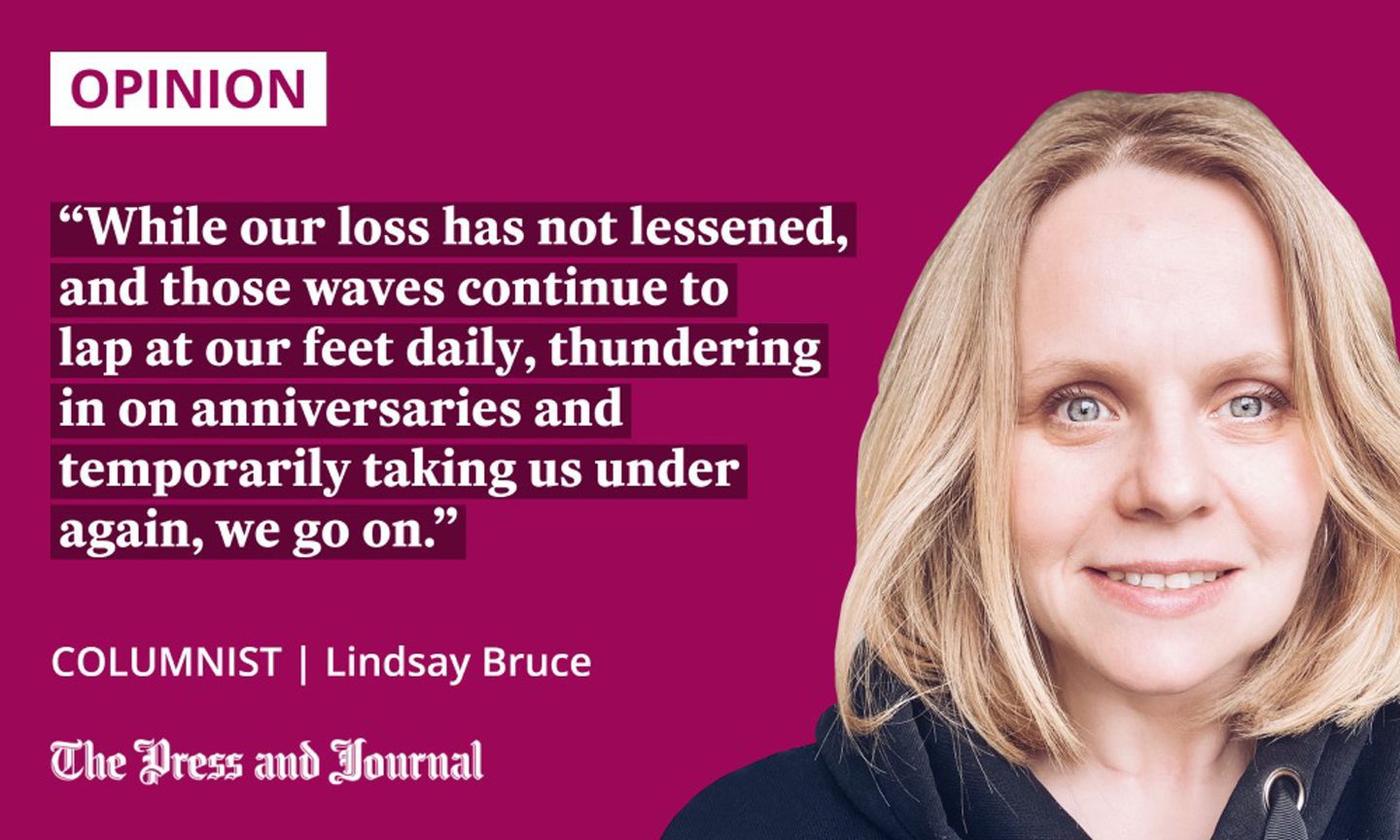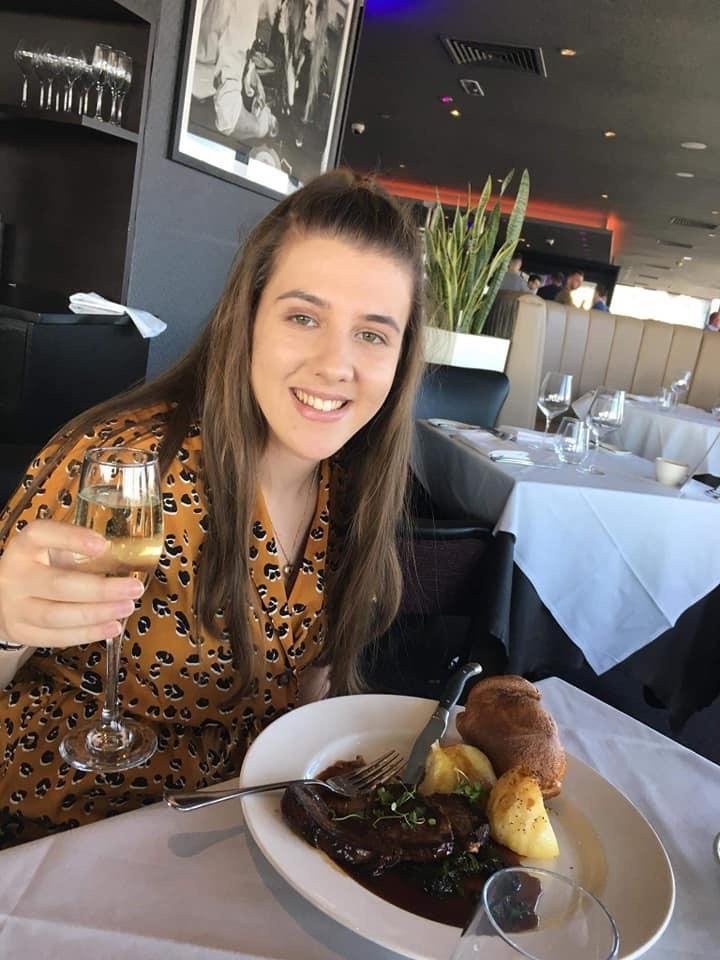No matter how much time passes, the waves of grief never really go away, it’s just that some days they don’t crash so loudly, writes Lindsay Bruce.
I was five years old when I first understood the notion of grief.
I was slumped behind my granny’s bathroom door, hiding in case she heard me sobbing. I had just watched The Champ, and the scene where the little blonde-haired boy desperately pleads with his deceased, boxer dad to wake up has never left me.
I didn’t know until then that people died. And, until that moment, sadness was reserved for things that happened to me. I had never known the pain that comes from understanding that life ending for a loved one has a pain all of its own.

A couple of years later, grief reared its head again. My uncle Bobby died, and the grown-ups thought they knew best, so hid it from me. I found out from a friend at school.
The pits had not long closed, and he died with black hands and a broken heart. I just missed my uncle and the smell of soot when he gave me a cuddle.
After 20 years, I still pick up the phone to call
I would be a lot older before the sting of death all but choked me again. Aged 23 and six months, after my wedding my world stopped spinning, or so it felt. I had just suffered a miscarriage when my beloved papa passed away.
I got to him just in time, though a road I had driven a thousand times seemed unrecognisable. Not long after he told me he loved me, he slipped away. My gran flung herself on him like that first movie scene, but instead of “wake up, Champ!” it was: “Don’t leave me, George.”
My Papa, George Gould, would have been 100 today. I wrote about him in today's @pressjournal column, but in case you missed it, here's the letter he wrote my Gran when my dad was born.
Happy birthday Geordie.
You made it to @LettersOfNote. Not bad for a laddie fae Craigneuk. https://t.co/HIOJdA8ovl— Lindsay the Bruce (@LLBruce) August 31, 2022
For me, it was like an emptiness and a feeling of claustrophobia all at once. I was navigating the intangible loss of an unborn and unheld child, along with the all-too-tangible pain of knowing my person had gone. It felt unbearable.
No more “hello, dear”, no more letters saying he fairly missed me. No more of him.
We are 20 years on, and I can tell you I still pick up the phone to call him if I see something I know he’d like. Tears are readily flowing even now because, as I’ve also come to learn, the waves of grief never really go away, it’s just that some days they don’t crash so loudly.
Learning to live in the readjustment
When my niece was killed by a drunk driver three years ago, I experienced a tsunami of grief washing over my family. A 20-year-old with everything to live for was taken from us in an instant. How could anyone get over that?
I could hear the ache and the visceral pain whenever my husband spoke to his sister and his parents. There could surely be no moving past that moment?
In the cruelty of bitter grief, we’re afforded the privilege of understanding how truly valuable a life endowed with love really is
And, yet, while our loss has not lessened, and those waves continue to lap at our feet daily, thundering in on anniversaries and temporarily taking us under again, we go on. Her mum goes on. Because, in the cruelty of bitter grief, we’re afforded the privilege of understanding how truly valuable a life endowed with love really is.
A privilege we’d all rather not have. A privilege not all of us get.
I recently read a quote from a book called Horseradish: Bitter Truths You Can’t Avoid by Lemony Snicket. It says this: “It is a curious thing, the death of a loved one. We all know that our time in this world is limited… and yet it is always a surprise when it happens to someone we know.
“It is like walking up the stairs to your bedroom in the dark, and thinking there is one more stair than there is. Your foot falls down, through the air, and there is a sickly moment of dark surprise as you try and readjust the way you thought of things.”
And that’s it, I suppose. Grief, I mean. It’s learning to live in the readjustment.
Learning that, though our loved one has gone, love itself remains.
- If you are struggling with grief or feelings of distress or despair, you can phone Samaritans for free at any time on 116 123, or email jo@samaritans.org
Lindsay Bruce is obituaries writer for The Press and Journal, as well as an author and speaker


Conversation